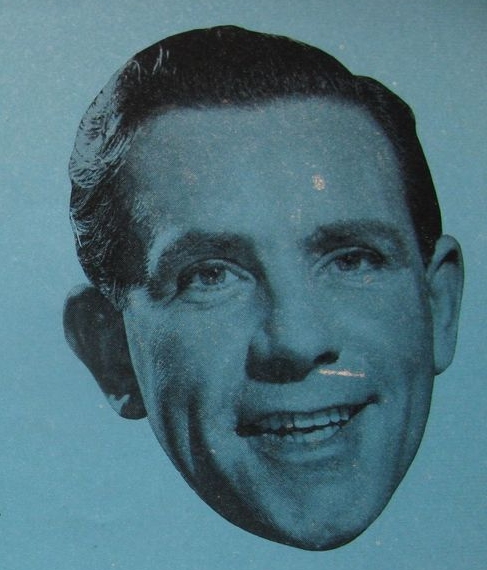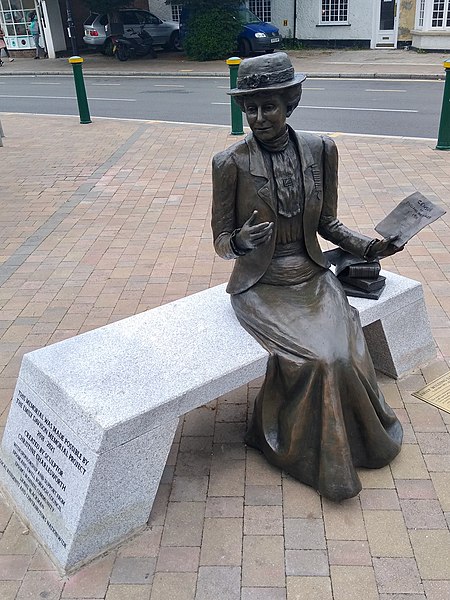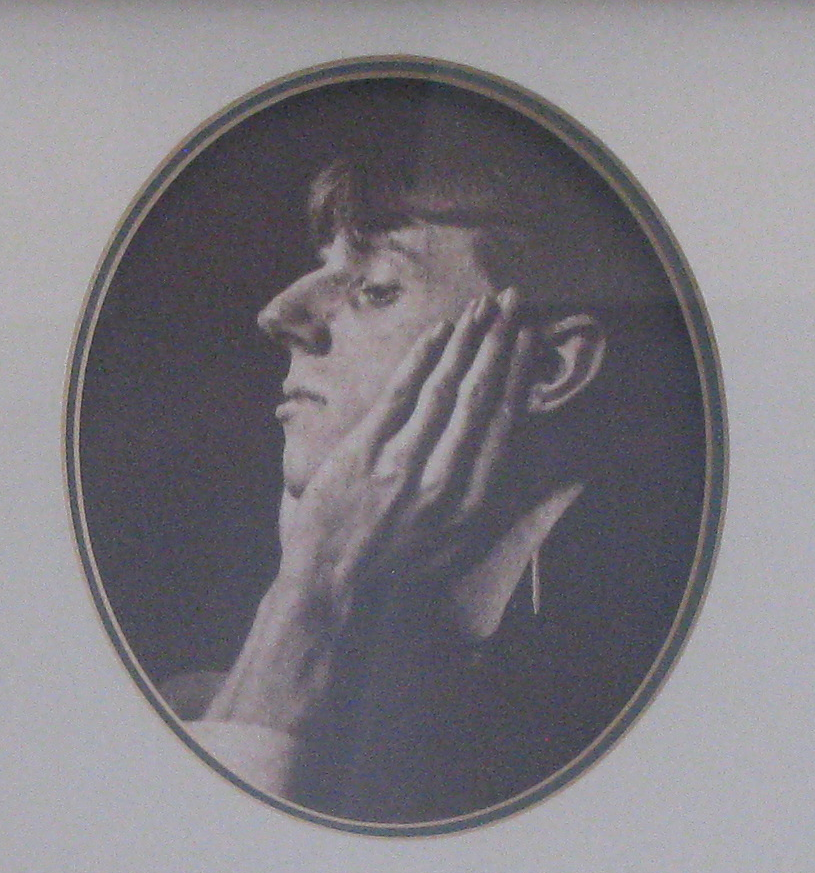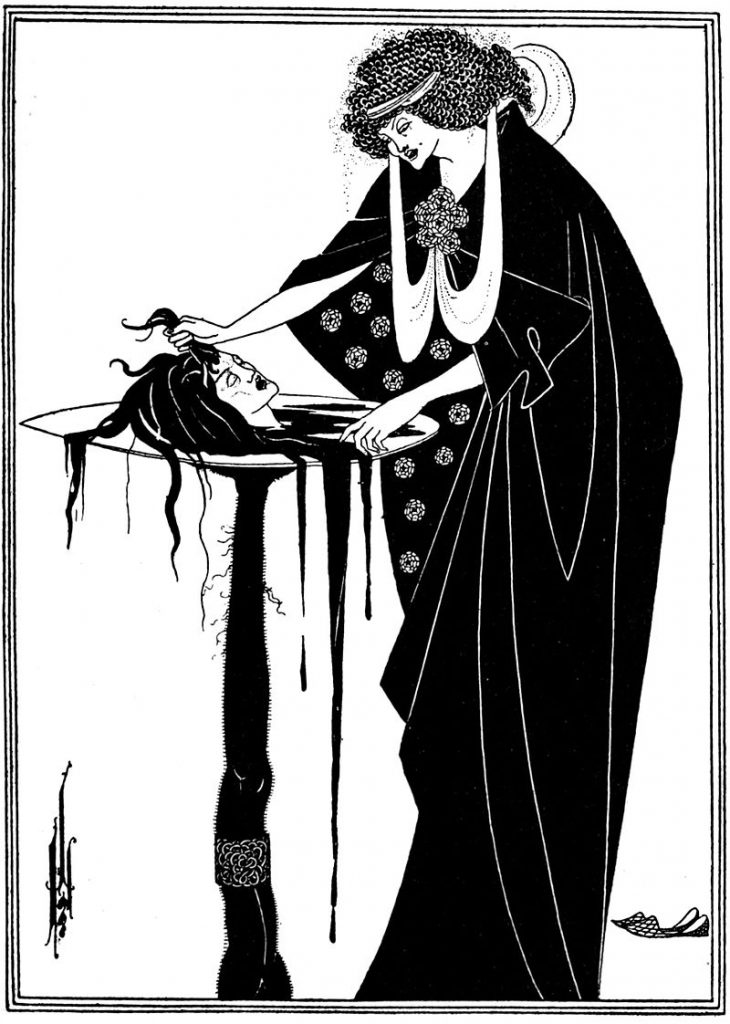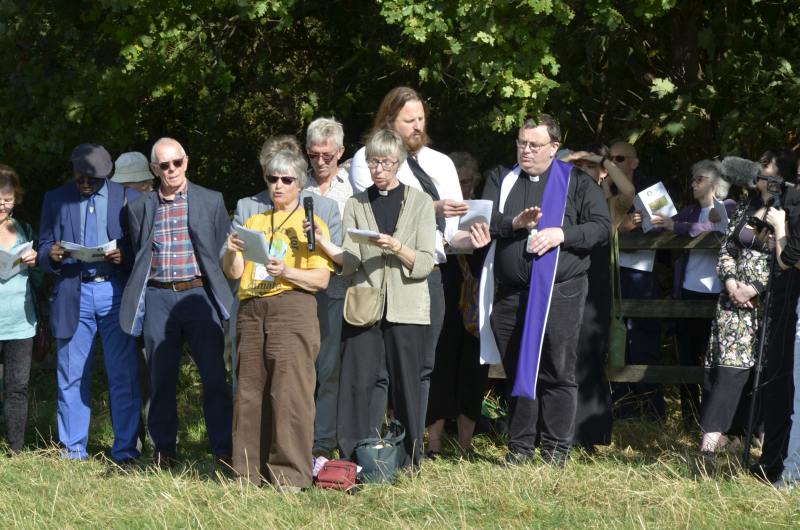The Wizard of Oz is this year’s Epsom Playhouse Pantomime. Running Friday 15th December 2023 to Monday 1st January 2024. Book Tickets HERE. And it is a good excuse to tell you about a past star of family entertainment who lived for many years in Epsom.
One of Epsom’s most famous and best loved former residents did not seek assistance from a wizard when seeking to overcome his difficulties, but chose instead to look for practical solutions and to work extremely hard to achieve his goals, thereby becoming an inspiration to us all.
The story of Sir Norman Joseph Wisdom, OBE who was an English actor, comedian, musician and singer will surely be made into a film in the future (he starred in 17 of his own) because despite his enormous successes, Sir Norman Wisdom was just as likely to be seen walking cheerfully down Epsom High Street acknowledging anyone who recognised him, as he was driving his Rolls Royce on his way to London for work.
From having had the privilege of meeting Sir Norman Wisdom in Epsom High Street on a few occasions and given him the thumbs up, I am embarrassed to have to admit that I was not fully aware of how big a star he was until researching material for this article, partly because of how humble he remained during the time he spent living in our town which he only left when his health began to fail him and his family became increasingly responsible for his care.
Sadly, the love and care the elderly Norman received from family members towards the Autumn of his life was quite unlike that which he had experienced when he was a young boy growing up.
Indeed, Norman Wisdom was only 14 years old when he arrived at Victoria Train Station in London, cold and alone and in need of somewhere safe to sleep, having been abandoned by his mother and rejected by his father who slapped the tearful Norman across the face and slammed the front door on him when telling him to go away because he was not wanted. Norman would never see his father again after this incident.
With only 2p in his pocket, Norman approached a hot drink stall at Victoria Train Station late one night and purchased a cup of tea from the vendor who took pity on the young Norman and kindly gave him a hot pie for free. A helpful conversation with the vendor followed and this led Norman to apply for a job with the British Army band even though Norman at the time could not read music or play any musical instruments.
It was permissible for Norman to apply to join the army band even though he was too young to join the army itself. Norman had planned to lie about having musical abilities, but not surprisingly it took very little time for the band master to establish the truth when Norman was unable to confirm the meanings of “flat” and “sharp”.
By putting on what Norman in later life would describe as being the best act of his life, a tearful young Norman managed to convince the band master that his need for food and lodgings would make him a good recruit and indeed, by 1936 Norman Wisdom had become the fly weight boxing champion of the British Army in India, although the number of fights Norman took part in is unclear. By pretending to get punched by an invisible boxer whilst shadow boxing, Norman would make his friends laugh and his ability to do this with relative ease gave him great satisfaction.
During World War 2 Norman Wisdom transferred to The Royal Corp of Signals at Cheltenham and it was during this time that he participated in a charity show in Cheltenham, prompting the actor Rex Harrison to suggest that after the war Norman should consider pursuing a career in entertainment, which young Norman subsequently chose to do.
Norman Wisdom’s big break came when he was asked to perform at The Victoria Palace in London where Laurel and Hardy and Vera Lynn topped the bill, not far from the place where Norman had once struggled to pay for a cup of tea as an unloved, cold and lonely 14-year-old boy who had failed to gain anyone’s attention let alone a large audience’s applause.
Norman Wisdom went on to became a massive celebrity and did not look back after acquiring his funny little suit and cap at a junk shop which became as famous as Charlie Chaplin’s bowler hat and cane.
According to Sir Tim Rice, in the 1950s “a new Norman Wisdom film was like a new Beatles album coming out”.
Norman was a “work horse” who continued to work extremely hard right up until the end of his life, but his busiest period ran from 1950 – 1968 with him becoming a huge hit on both sides of the Atlantic
The photographs with this article include images of a London Palladium pantomime programme dated 1960 which I purchased from the Princess Alice Hospice charity shop in Church Street in Epsom shortly after an elderly Norman had been moved out of his flat off of Church Street by family members for care purposes.
Norman enjoyed massive success in Albania where large crowds would gather to catch a glimpse of him and call out “Pitkin” after the name of his hapless character in a series of comedy films he starred in.
Norman Wisdom’s list of achievements is far too long to include in this article and this article is sadly too short to document all of his remarkable charity work.
If Norman had any regrets before his passing at the age of 95 on 4 October 2010, they would probably include his failure to show a large, world-wide audience how good a straight actor he was, but Norman was a man who was grateful for the opportunities life had laid before him for seizing, to the extent that he always maintained he owed everything he had to the army where he learned how to read music and play musical instruments and get on in life after he had been rejected and abandoned by his parents at such a young age.
It was a great honour for me to have met the great man himself who returned to England from America where everyone loved him because he loved his children more than the considerable fame and fortune he was attracting there (only Peter Sellers could fill the comic void Norman left behind in America).
Sir Norman Wisdom, OBE will continue to make people laugh wherever his legendary films continue to be shown.
Whilst he was undoubtedly a comic genius, he was also a multi-talented all-round entertainer as well as a very nice man who only allowed his negative life experiences to shape his life and career in a positive way.


